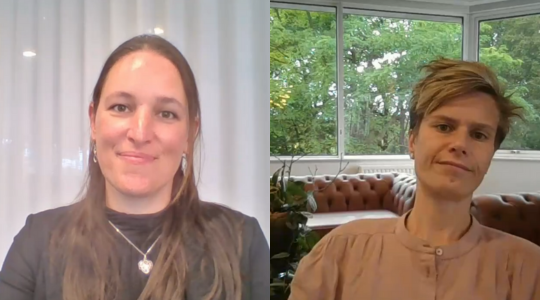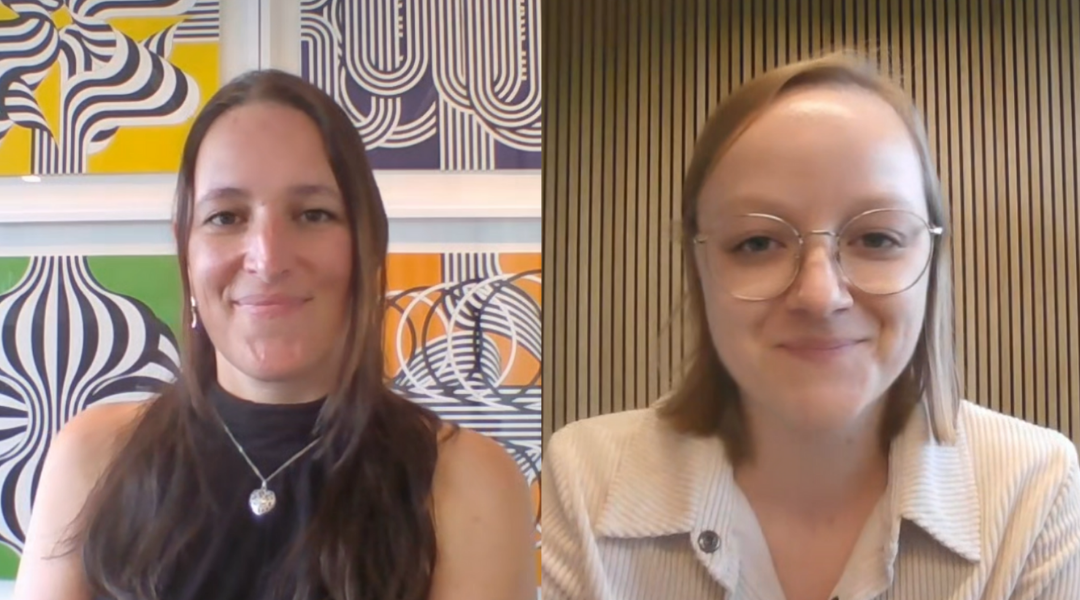Did you know millions of patients are already discussing medications and side effects online? Social media is revolutionizing pharmacovigilance, the science of tracking drug safety.
Traditional methods often miss crucial information, but social media offers a real-time window into patient experiences. In this blog post, we explore the exciting potential of social media for pharmacovigilance, while also acknowledging the challenges involved and how to tackle them.
Unlocking Real-Time Patient Insights
Social media pharmacovigilance goes beyond passive observation. By actively monitoring online conversations, it allows for:
- Real-Time Data Gathering: Social media enables real-time monitoring and reporting of adverse drug reactions (ADRs), providing a continuous stream of data directly from patients and healthcare providers.
- Increased Reach and Awareness: The extensive reach of social media significantly enhances awareness about potential drug reactions among the public and healthcare professionals, fostering a culture of reporting and vigilance.
- Patient Engagement: These platforms facilitate direct engagement, allowing drug safety professionals to gather more detailed patient experiences and feedback about medications.
- Data Diversity: Social media taps into a wide demographic and geographic diversity, providing data from varied populations that might not be captured through traditional pharmacovigilance channels.
This ability to gather real-time data empowers proactive surveillance and faster responses to potential health risks, ultimately improving patient safety.
The Challenges of Using Social Media in Pharmacovigilance
Despite its potential, social media pharmacovigilance presents significant challenges:
- Data Quality and Reliability: Posts on social media may contain unverified or incomplete information, complicating the scientific assessment of the data’s accuracy and reliability.
- Privacy Concerns: The use of social media data must navigate complex privacy laws and regulations, ensuring patient confidentiality while utilizing their data from these platforms.
- Information Overload: The vast amount of data generated can lead to information overload, posing challenges in efficiently processing and analyzing the data to extract meaningful insights.
- Lack of Standardization: The absence of standardized methods for collecting and analyzing data from social media complicates the integration of this information into traditional pharmacovigilance systems.
The Road Ahead
Social media represents a significant breakthrough in medicines safety. By harnessing the power of online data, pharmacovigilance can gain a deeper understanding of patient experiences and improve public health.
However, addressing the challenges of data analysis, privacy, and misinformation is crucial to unlocking the full potential of this revolutionary approach.
But how?
Enhancing Data Quality and Reliability
- Leveraging Natural Language Processing (NLP): Utilize NLP tools to sift through social media data and identify potential ADRs with higher accuracy. NLP can recognize patterns and keywords indicative of adverse reactions.
- Collaboration with Patients and Healthcare Professionals: Partner with patient advocacy groups and healthcare institutions to encourage standardized reporting of ADRs on social media. This can involve creating clear guidelines and hashtags for accurate reporting.
- Encouraging Fact-Checking and Verification: Promote platforms and initiatives that allow users to verify the information they encounter on social media related to medications.
Addressing Privacy Concerns
- Transparency and Consent: Pharmaceutical companies and social media platforms need to be transparent about how patient data from social media is collected and used for pharmacovigilance. Explicit user consent for such use is crucial.
- De-identification Techniques: Utilize data anonymization techniques to protect patient privacy while still allowing for valuable insights to be gleaned from social media conversations.
Taming the Information Overload
- Advanced Data Analytics Tools: Implement advanced data analytics tools to efficiently process and analyze the massive amount of social media data. These tools can help identify trends and filter out irrelevant information.
- Focus on Specific Signals: Train AI algorithms to focus on specific signals within the social media data. This could involve targeting keywords associated with ADRs or monitoring discussions around newly released medications.
- Human-in-the-Loop Approach: Combine automated analysis with human expertise. Pharmacovigilance professionals can review the data flagged by AI and make informed judgments about its relevance.
Standardization and Integration
- Industry-Wide Collaboration: Develop standardized methods for collecting and analyzing social media data specific to pharmacovigilance. This would require collaboration between pharmaceutical companies, social media platforms, and regulatory bodies.
- Integration with Traditional Systems: Create seamless integration between social media data and traditional pharmacovigilance reporting systems. This allows for a more comprehensive view of drug safety.







.png?width=109&height=108&name=Pharma%20(2).png)
.png?width=111&height=108&name=Medical%20Devices%20(2).png)
.png?width=84&height=107&name=IVD%20(2).png)
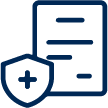
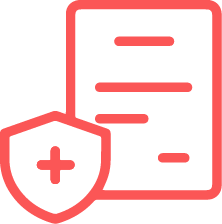
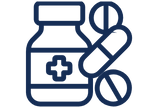
.png)




